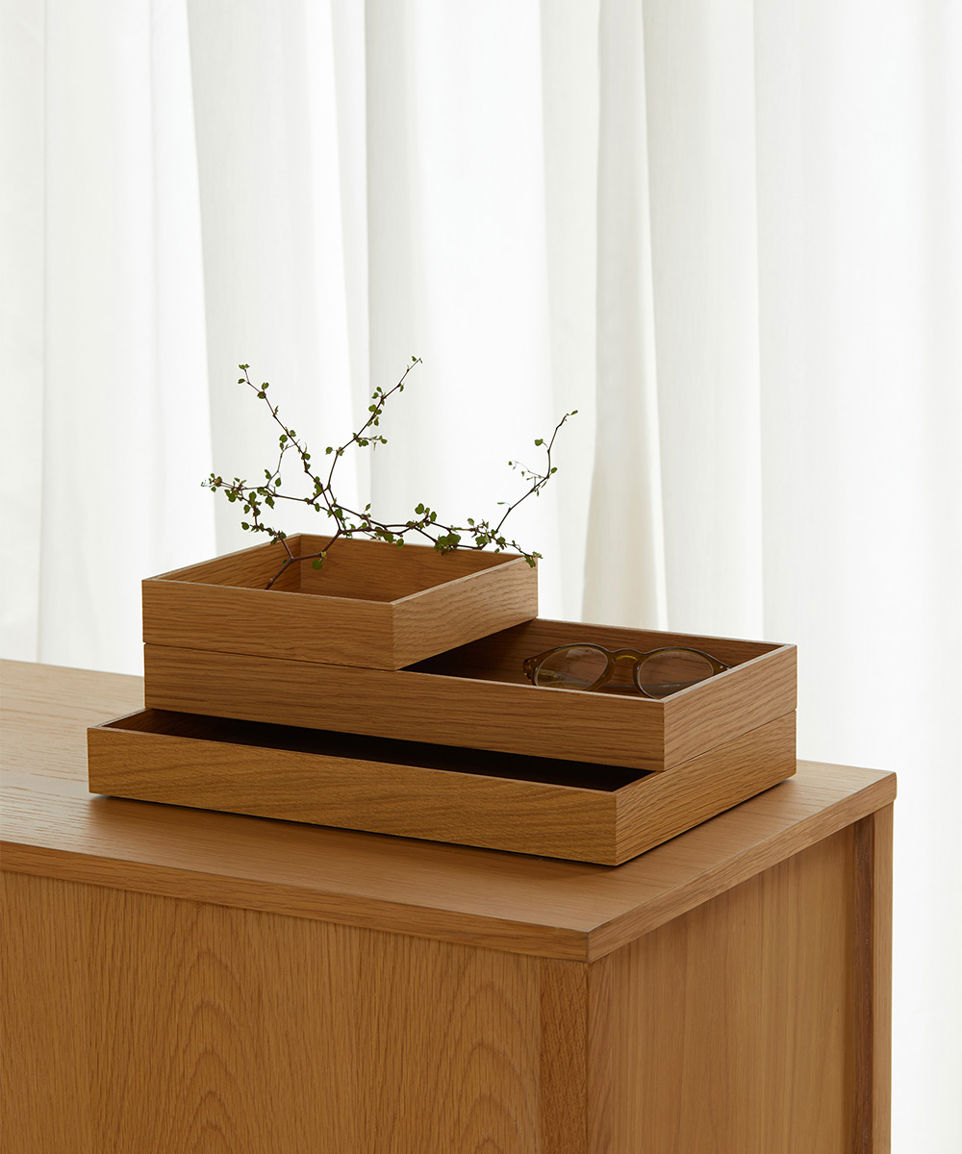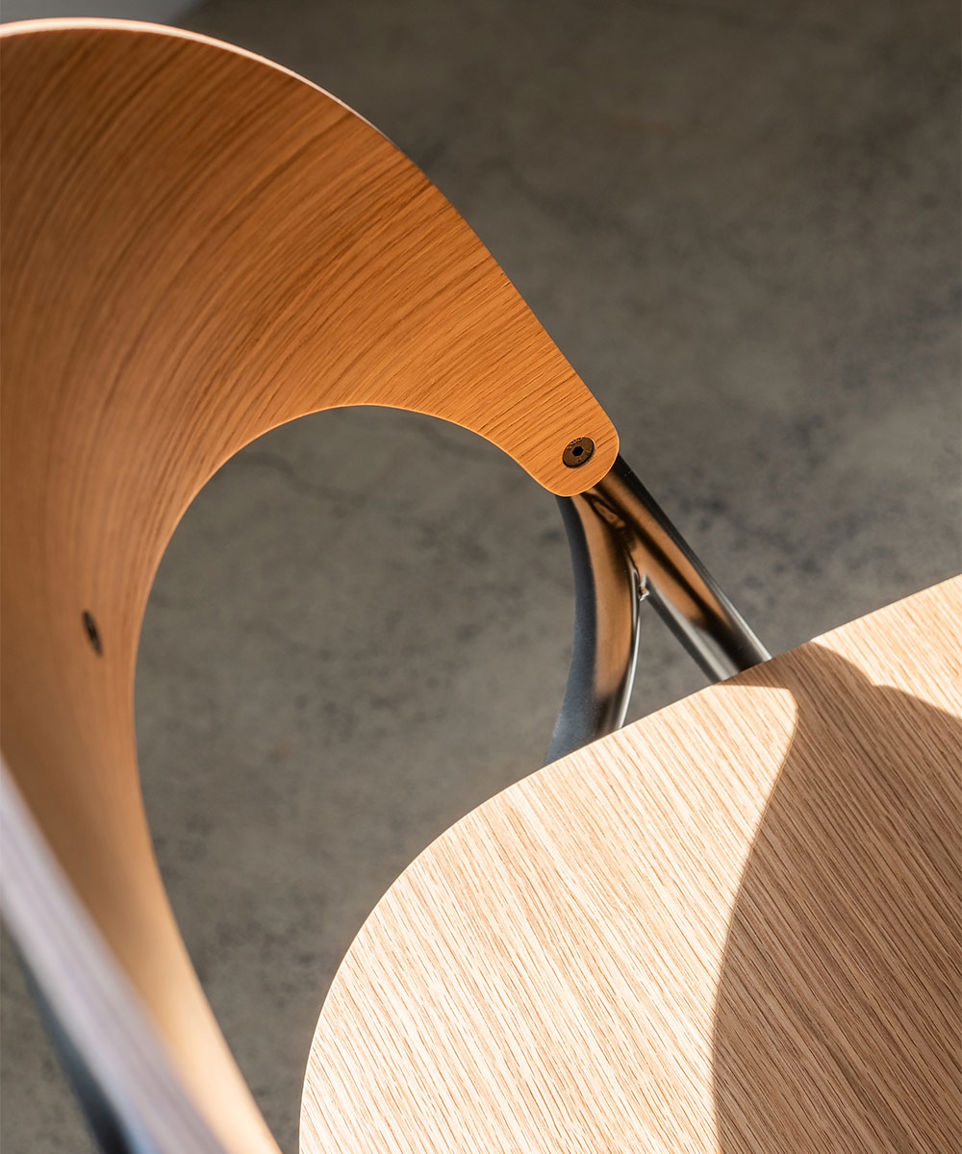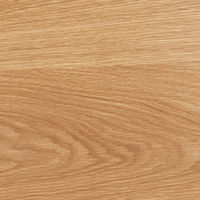



Veneer wood
Wood veneer is constructed by glueing thin layers of solid wood (usually thinner than 3mm) onto a core substrate of either plywood or medium-density fibreboard (MDF).
How a timber log is cut determines the grain of the pattern in the veneer. The two main cuts are crown cut and quarter cut.
Crown cut is when the timber is sliced along its length. This creates a crown or “cathedral” appearance that has bold curves and ovals within the grain.
Quarter cut is when the timber is sliced at right angles to the growth rings. This results in a pattern of straight lines in the grain.
Veneer can be more easily shaped than solid wood. It isn't prone to movement, warping, and splitting because the glue and substrate provide strength. This makes it ideal for cupboards and drawers.
Caring for veneer wood
Unlike solid wood, veneer can’t be repaired by sanding back and refinishing. It can be susceptible to water damage if moisture gets underneath the surface of the veneer.
Avoid moisture and do not place in damp environments. Wipe away spills immediately. Use placemats or coasters to avoid staining.
Avoid using harsh chemicals or abrasive cleaners to clean the surface. This can strip or damage the coating.
Combat oil build-up on surfaces by wiping down with a soft, microfiber cloth.
Avoid dragging or knocking heavy objects against the surface.
